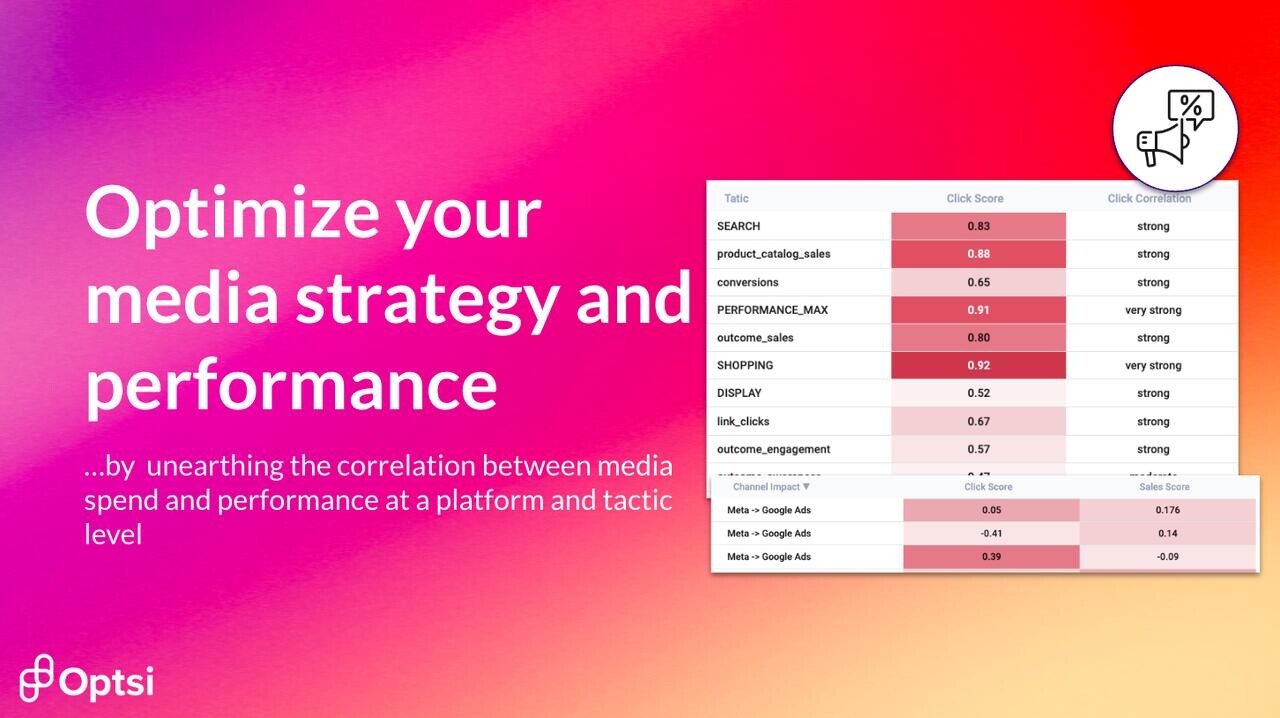The Cookieless Measurement Challenge
In a previous article, we discussed how Google phasing out cookies for 30m Chrome users will impact brands and their marketing strategies - it’s clearly the Beginning of the End for Digital Tracking.
One of the biggest challenges arising from cookie deprecation is how to measure media accurately and optimise accordingly. In the past, many digital markets have relied upon traditional measurement approaches such as vendor driven Last-Click reporting or Multi-Touch Attribution (MTA). Now, with the granular data provided by third-party cookies is no longer available, solutions such as MTA (which relies on third-party cookie tracking) are now becoming less reliable.
Going forward, advertisers must explore alternative methods to gauge the effectiveness of their media strategy.

Below we explore the options open to marketers and where they might be best implemented.
Causal Inference (CI)

What is it: Causal Inference, also referred to as Causal Impact, uses predictive analytics to estimate what would have happened to a variable in the absence of an event. CI can be used from a single dataset without a control group, by using seasonality and other factors to predict what would have happened if the event in question didn’t occur. The results showing the difference between the predicted results and the actual observed data.
When to use: CI can be used when implementing test and control groups, or A/B testing, isn’t an option. However advertisers would need to rely on strong domain and industry knowledge within their team, and have the skills to run the models in R or Python.
Cost level: varies
Incrementality (A/B) Testing
In this blog we’ll explore the problems of data and analytics for growing e-commerce brands, the growing costs associated, and outline a possible way forward.

What is it: Seen by some as the most sophisticated and robust forms of media measurement, Incrementality seeks to measure the causal impact of removing media from a subset of customers (for example, based on region). In theory, if revenue decreases in areas where media has removed, this is the incremental impact of said media.
Whilst ideal in theory, Incrementality (or Lift) Testing can be expensive and time-consuming. It also relies on a brand’s e-commerce platform and media platforms being able to accurately and consistently monitor customers from agreed “test” areas. For many e-commerce brands, geo-testing presents too much opportunity cost (by removing customers from your marketing ecosystem), making it an impractical solution.
When to use: If you’re an enterprise brand with a large customer base, media mix and dedicated internal team to run the tests. The revenue risk of removing customers from your marketing would also need to be small or manageable.
Cost level: expensive
Marketing Mix Modelling (MMM)

What is it: MMM, developed well before third-party cookies and attribution gained prominence, is one of the traditional ways marketers sort insights into media performance. By studying past sales and media strategy at an aggregated level, MMM helps determine what contributed to those sales in a more macro-level view (in contrast to the granular, user-level views previously available with MTA). Whilst lacking granularity and the immediacy needed by fast-moving e-commerce marketers, MMM is seen as a useful tool to measure out of home (OOH) and brand driven marketing (such as Connected TV and billboard advertising). As it only needs aggregate data, the privacy issues brought about the demise of third-party cookies are not a concern. After losing popularity to user-level tracking solutions, MMM is on a comeback and regaining prominence.
When to use: A potential solution, especially for multi-channel brands who use OOH and non-digital media strategies.
Cost level: varies, depending on number of channels
Correlation Analysis

What is it: But what of brands who don’t have the media budgets or the number of channels to make MMM a realistic strategy? Given the challenges and costs associated with the other solutions outlined above, Correlation Analysis has emerged as a promising and cost effective solution for many e-commerce brands. Similar to MMM, Correlation analysis views spikes and dips in sales with events and actions in marketing, and only needs aggregate data from platforms, thus eliminating any privacy concerns. It has therefore become a key strategy for many, and provides advertisers with an opportunity to get ahead, making data-driven optimisations on their marketing strategy.
When to use: For e-commerce brands running a straightforward digital media strategy (search, social, email etc.), Correlation Analytics is a very cost-effective, future-proof solution to measure the performance and optimise accordingly.
Cost level: low
Conclusion

To understand more on how Optsi uses Correlation Analysis to help brands deliver growth, please reach out and see if you qualify for a free trial!

hashtag#cookielessfuture hashtag#digitalmarketing hashtag#mediameasurement hashtag#mta hashtag#mmm hashtag#incrementality hashtag#correlation